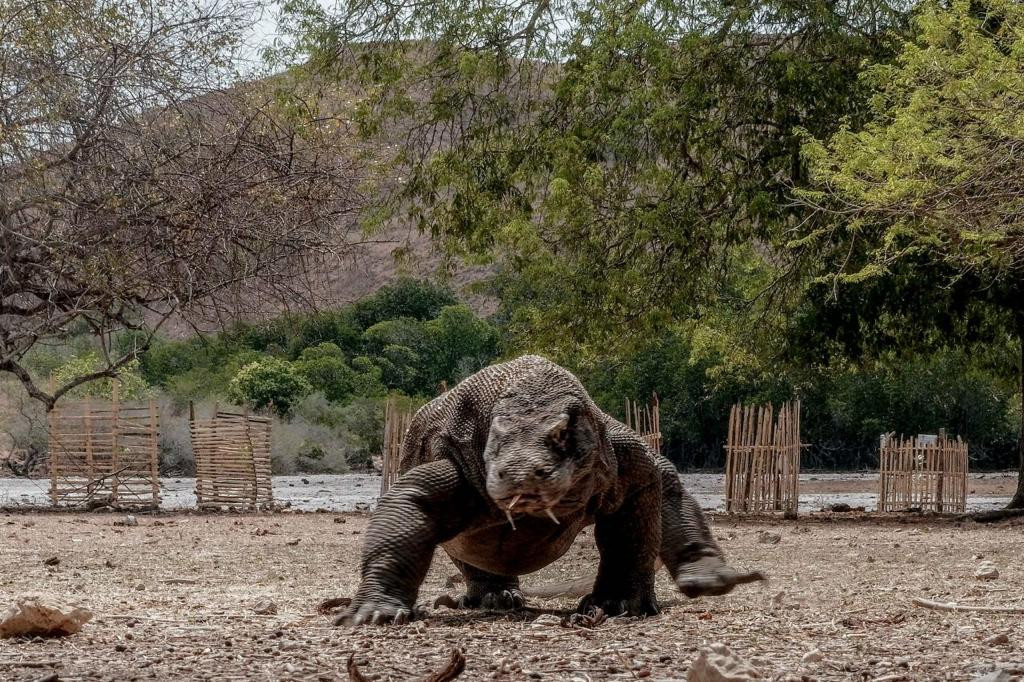Popular Reads
Top Results
Can't find what you're looking for?
View all search resultsPopular Reads
Top Results
Can't find what you're looking for?
View all search resultsClimate change or human activities? Scientists debate threats to Komodo dragons
Change text size
Gift Premium Articles
to Anyone
T
he recent move by Switzerland-based organization the International Union for Conservation (IUCN), to list Komodo dragons, the world’s largest living lizards, as one of the world’s endangered species should be further scrutinized, Indonesian scientists have said.
The IUCN, in the latest edition of the “Red List of Threatened Species” published in early September, moved the Komodo dragons to endangered status, which the organization reserves for species facing threats of extinction in the wild.
The IUCN reasoned that the status change – the first in 25 years since the organization assessed the species was "vulnerable", a notch below its current status, in 1996 – could be attributed to rising sea levels caused by climate change, which was expected to reduce the Komodo dragon’s viable habitat by 30 percent in the next 45 years.
A deterioration in the quality of the dragons’ habitat, including through human encroachment, has also been cited to justify the species’ new status.
Read also: 'Endangered' status should spur Komodo dragon protection: activists
Indonesian scientists, however, have a different view, arguing that climate change is not the biggest threat that could nudge the population of the giant lizards closer to extinction and emphasized that human-related activities, such as land clearing and tourism, near the dragons' habitat could be more threatening to the Komodo dragons' population.
Bandung Institute of Technology (ITB) ecologist Aditya Dimas Pramudya argued that while rising sea levels could pose a “substantial threat” to animals with limited habitat zones in small islands, including the Komodo dragons, there were other factors that potentially were more threatening to the dragons' population.


















